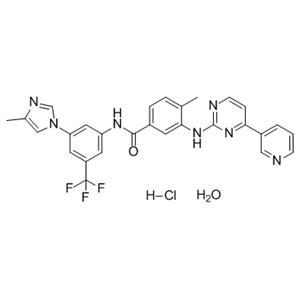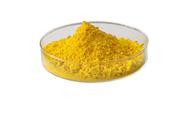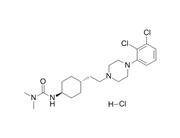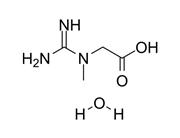Nilotinib, as a second-generation tyrosine kinase inhibitor, exhibits high selectivity and primarily targets the inhibition of BCR/ABL. Its molecular structure affords greater "flexibility," facilitating easier and more secure binding with the ABL kinase domain. Through lipophilic interactions, it effectively enhances compatibility with the auxiliary binding pocket, thus significantly reducing its sensitivity to point mutations.
The inhibitory strength of nilotinib is 20 to 50 times that of imatinib, effectively overcoming 32 of 33 gene mutations known to confer resistance to imatinib, with the exception of T315I. Furthermore, within a specific concentration range (<3.0x10^3 nmol/L), it does not affect other evaluable kinases, indicating a higher safety margin. Numerous clinical studies have substantiated that nilotinib can treat patients with chronic myeloid leukemia (CML) who are resistant or intolerant to imatinib both safely and effectively.


 China
China

